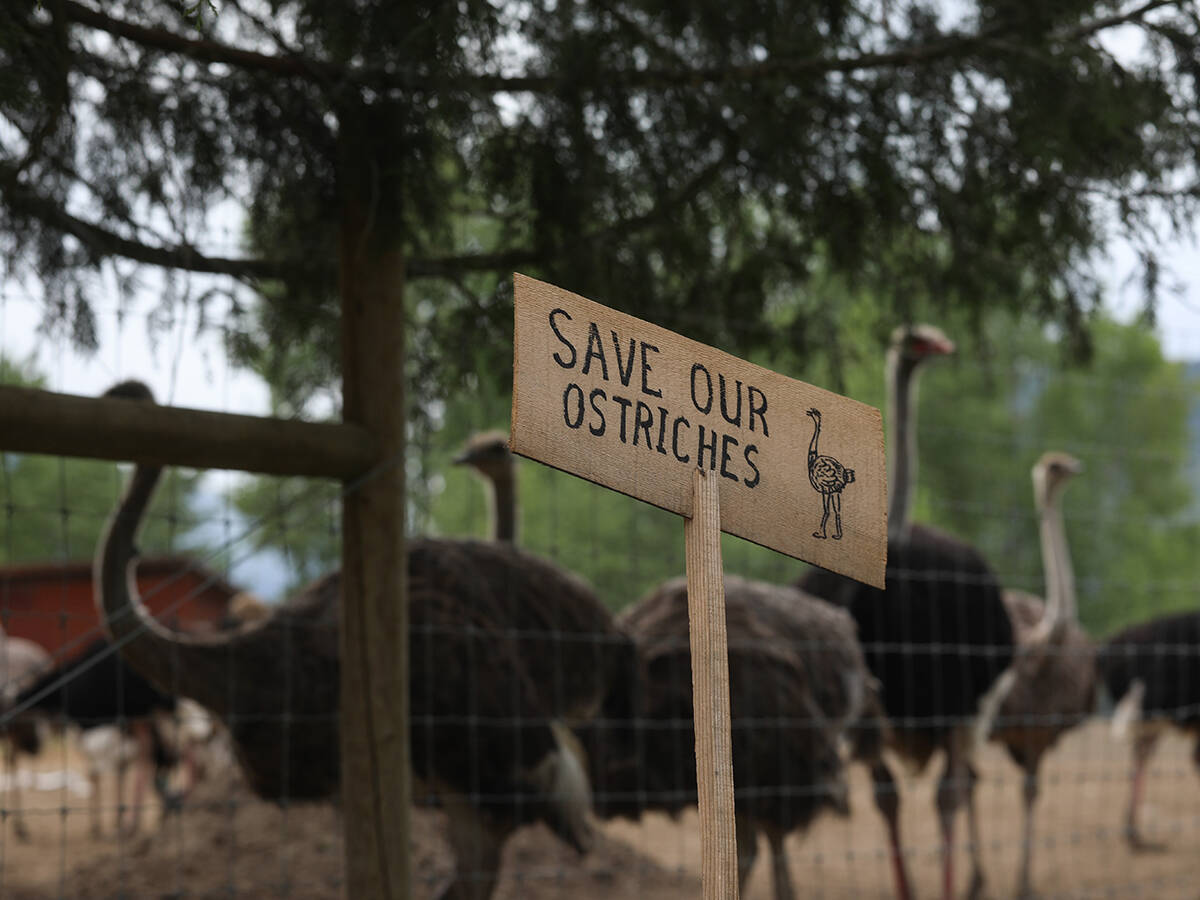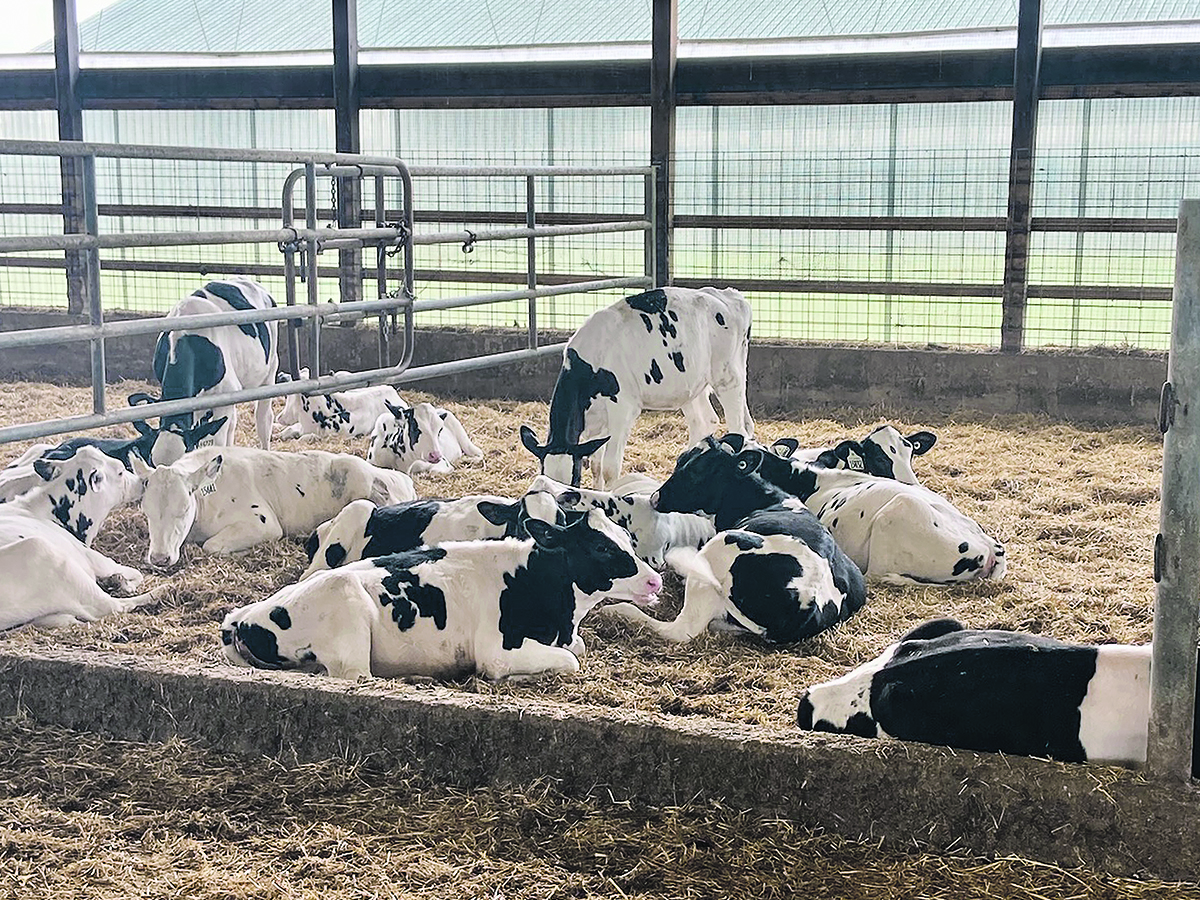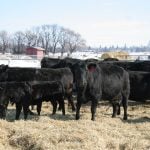It has become critical for producers to take a step-down approach to weaning because today’s calves consume more milk
Glacier FarmMedia – Today’s dairy calves are fed about eight litres of milk per day, and some farms are feeding up to 12.
That’s a long way from the four litres per day that was standard when Kathleen Shore of Grand Valley Fortifiers started her career.
That greater amount of milk means calves need a different weaning strategy, she told the 2024 Healthy Calf Conference, hosted by Ontario’s veal association.
Read Also

Ostrich farm case shows power of social media
The social media circus surrounding the BC ostrich farm, could happen again in Canada, says communication expert
“You’ve put all this time, money, energy into getting them into great growth, then you throw them into a group post-weaning and watch that dollar amount go down because the calf actually tanks,” she said.
A repeatable, farm-specific process is key to eliminate human error, and since change means stress for calves, enhance animal health.
“I’ve always found with calves is that you can do a lot of things wrong, but if you do it consistently, they actually do better than if you keep trying to do things better and changing it up all the time,” said Shore.
The calves recognize who is feeding them, and Shore says they want to know when someone comes to the hutch or pen and what they’re going to be doing.
“Every time you get a feed schedule change, they’re going to feel that stress because now they don’t understand — are they going to eat and what are they going to eat?”
Heat and cold stress are other issues. Cold is especially concerning for calves, but just closing up the barn has its own issues. Air circulation is key to avoid pneumonia.
In the past few years, research has highlighted the link between milk fed to calves and their ability to manage disease.
Even if you’re feeding lots of milk, a calf can still get sick, says Shore, but they will mitigate the sickness much better if they are well fed.
Successful young calf outcomes are all about first building up the digestive system to accept more milk, and then to accept grain and hay.
Putting milk into an immature digestive system also causes stress, so starting with more meals helps, even feeding three times daily for the first week.
“When milk goes into the rumen, it essentially ferments. So now you’re creating a lactic acid scenario, and that’s quite a bellyache for them,” Shore said.
Early life preparation will affect digestion for the rest of an animal’s life. In people, Shore says that means about two years, but for a calf, it’s the first 60 days that’s critical.
At the end of that period is weaning, and when calves consume the amount of milk they’re being fed on today’s farms, a step-down process is critical. Weaning is a huge stress because the calves are asked to change everything they’ve learned in their first 40 to 50 days.
There’s a couple of different options on how to proceed.
One is to reduce the amount of milk, hold at that level for a few days, then move it down again to a lower amount. Another is to gradually reduce the milk by a smaller amount each day over 10 days or two weeks, similar to how automatic milk feeders are programmed to wean calves.
Shore conducted a study on five-day or 10-day weaning programs. There wasn’t much immediate difference, but once calves were fully weaned, the longer-weaned calves performed better in gain and grain intake. The five-day weaned calves had most of the health issues of the trial as well.
Calves usually get moved around during weaning, too. Research suggests it’s best to group calves at weaning, as opposed to after weaning.
“The minute you wean them, you better take it down to just one change, and that’s a feed change,” Shore said.
Young calves should have some hay, she added. It’s not really for nutrition, but it helps with boredom and teaches them about what feed will look like in the future. Chopped straw fed to calves also can help because it develops the rumen and balances the pH in the rumen, which can reduce acidosis.
















